Cultivating a lush citrus grove, whether in a temperate backyard or a tropical orchard, is an art that requires knowledge and finesse. This article provides six essential tips for gardeners aiming to achieve bountiful citrus fruit harvests in any climate.
From the importance of soil health to the intricacies of harvest timing and storage, these guidelines will help you foster a thriving citrus environment, ensuring that your trees produce the most flavorful and abundant fruit possible.
Table of Contents
Key Takeaways
- Ensure soil health through proper pH balance and nutrient content, creating an ideal foundation for citrus tree growth.
- Incorporate organic amendments to enrich soil fertility and structure, boosting the trees’ vigor and productivity.
- Understand and manipulate the micro-environment of your citrus trees to protect them from adverse weather and optimize growing conditions.
- Provide attentive care by monitoring watering, fertilization, and pruning, to maintain the health and yield of your citrus trees.
- Select pest and disease-resistant citrus varieties and implement proactive management strategies to keep your trees robust and fruitful.
1. Soil Health Optimization for Bountiful Citrus Fruit
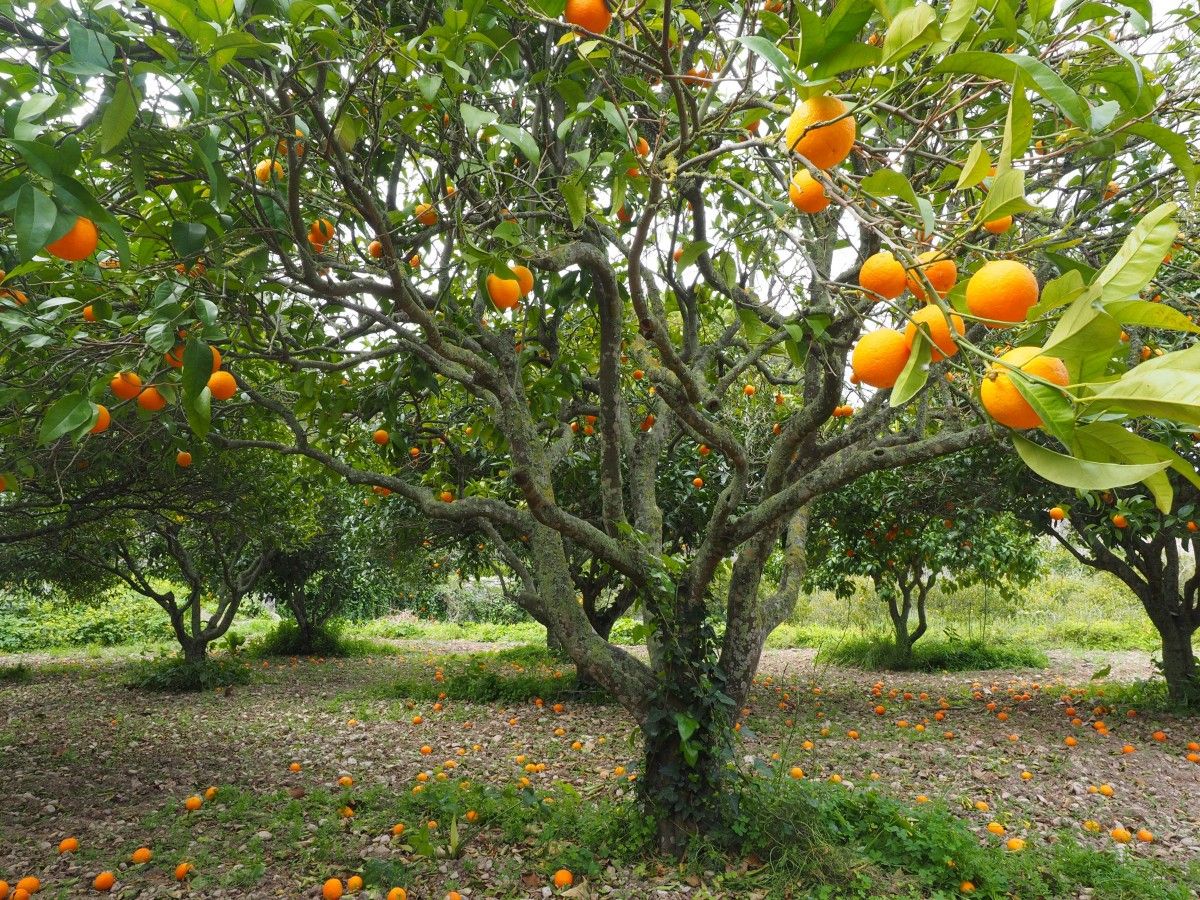
Optimizing soil health is crucial for a bountiful citrus harvest. The right balance of nutrients, pH levels, and soil structure can significantly influence the size and quality of your citrus fruits. Achieving optimal citrus fruit size involves a combination of careful cultivation practices and environmental considerations.
To begin with, assess your soil’s current condition. Regular soil testing is a key step in understanding what your citrus trees need. A soil test can reveal nutrient deficiencies, pH imbalances, and other factors that may be hindering your trees’ growth. Based on the results, you can make informed decisions about amendments and fertilizers.
Improving soil structure is essential for optimal root development and nutrient absorption. If your soil is heavy or clayey, consider adding organic matter like compost or aged leaf mulch to enhance its texture and drainage.
Organic alternatives such as compost, well-rotted manure, or organic citrus fertilizers can provide slow-release nutrients and improve overall soil health. Additionally, living mulches like clover not only maintain soil moisture but also attract pollinators, which are vital for fruit production.
Here are some practical steps to optimize your soil for citrus growing:
- Incorporate organic matter to improve soil structure.
- Use living mulches to add nitrogen and attract pollinators.
- Adjust mulch depth based on seasonal needs.
- Add biochar to enhance nutrient retention and support beneficial microbes.
- Follow recommended application rates for any amendments.
2. Organic Amendments

Incorporating organic amendments into your citrus orchard can significantly enhance soil fertility and structure. Organic fertilizers, such as compost, manure, and bone meal, release nutrients gradually, fostering a robust soil microbiome. This slow release is crucial for preventing nutrient leaching and reducing the risk of over-fertilization.
Organic matter not only supplies essential nutrients but also improves the soil’s physical properties. It increases water retention and aeration, which are vital for healthy citrus root development.
For those who prefer organic practices, products like True Organic Citrus & Avocado Fertilizer 4-5-4 by Logee’s are ideal. They stimulate growth, flowering, and fruiting while rebuilding the soil. Here’s a comparison of organic and synthetic fertilizers:
- Organic fertilizers: Made from natural materials, slow nutrient release, improves soil health over time.
- Synthetic fertilizers: Made from chemicals, quick nutrient release, can harm soil health if overused.
Remember, the choice of mulch can also impact soil health. Living mulches, such as clover, add nitrogen and attract pollinators, while the right mulch depth and type can cater to your specific soil and climate needs.
3. Micro-Environment Understanding
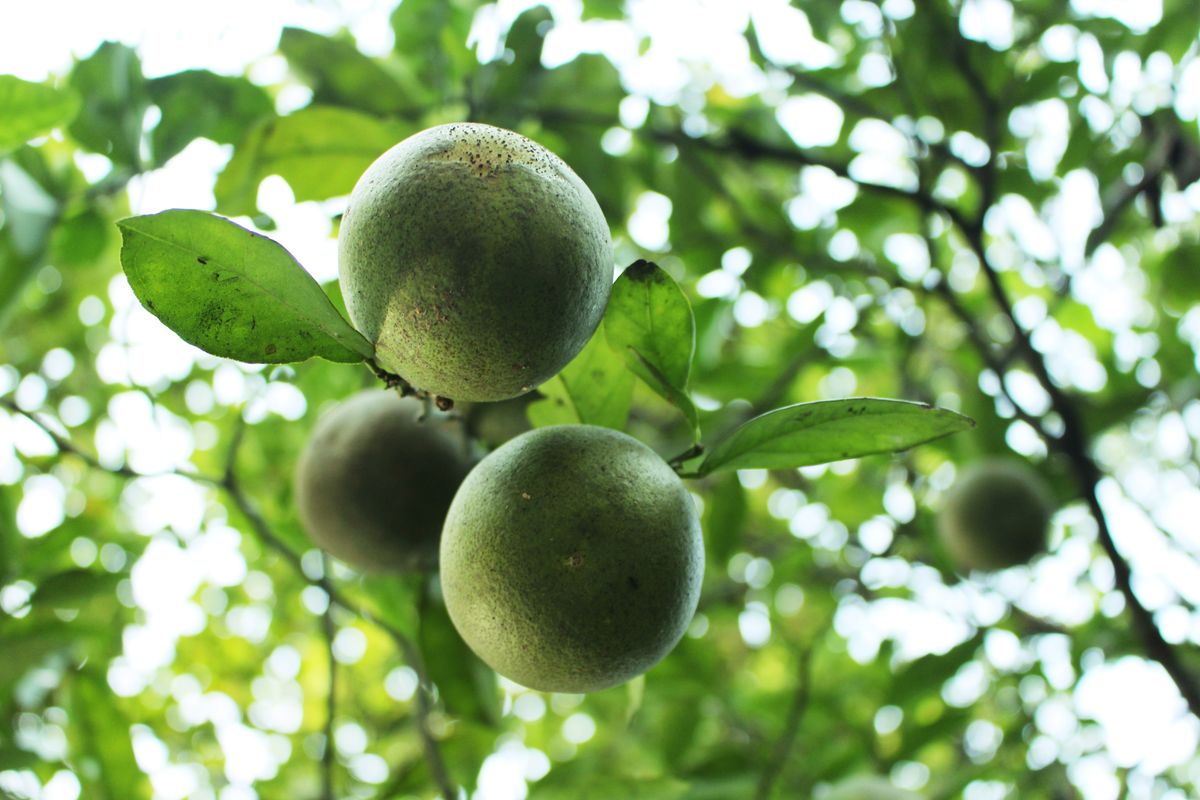
Understanding the micro-environment is crucial for citrus growers. Each citrus tree interacts with its immediate surroundings in unique ways, which can significantly affect fruit production. Factors such as sunlight exposure, wind patterns, and proximity to other plants all play a role in the health and yield of your citrus trees.
Creating the ideal micro-environment involves careful observation and adjustment. Here’s a simple list to get started:
- Monitor the sunlight hours and adjust tree placement if possible.
- Protect trees from strong winds with strategic planting or barriers.
- Ensure proper spacing between trees to prevent competition for resources.
Remember, the goal is to mimic the natural habitat of citrus trees as closely as possible to promote a bountiful harvest. By paying close attention to these details, you can create a thriving environment for your citrus trees, regardless of the larger climate conditions.
4. Attentive Citrus Care
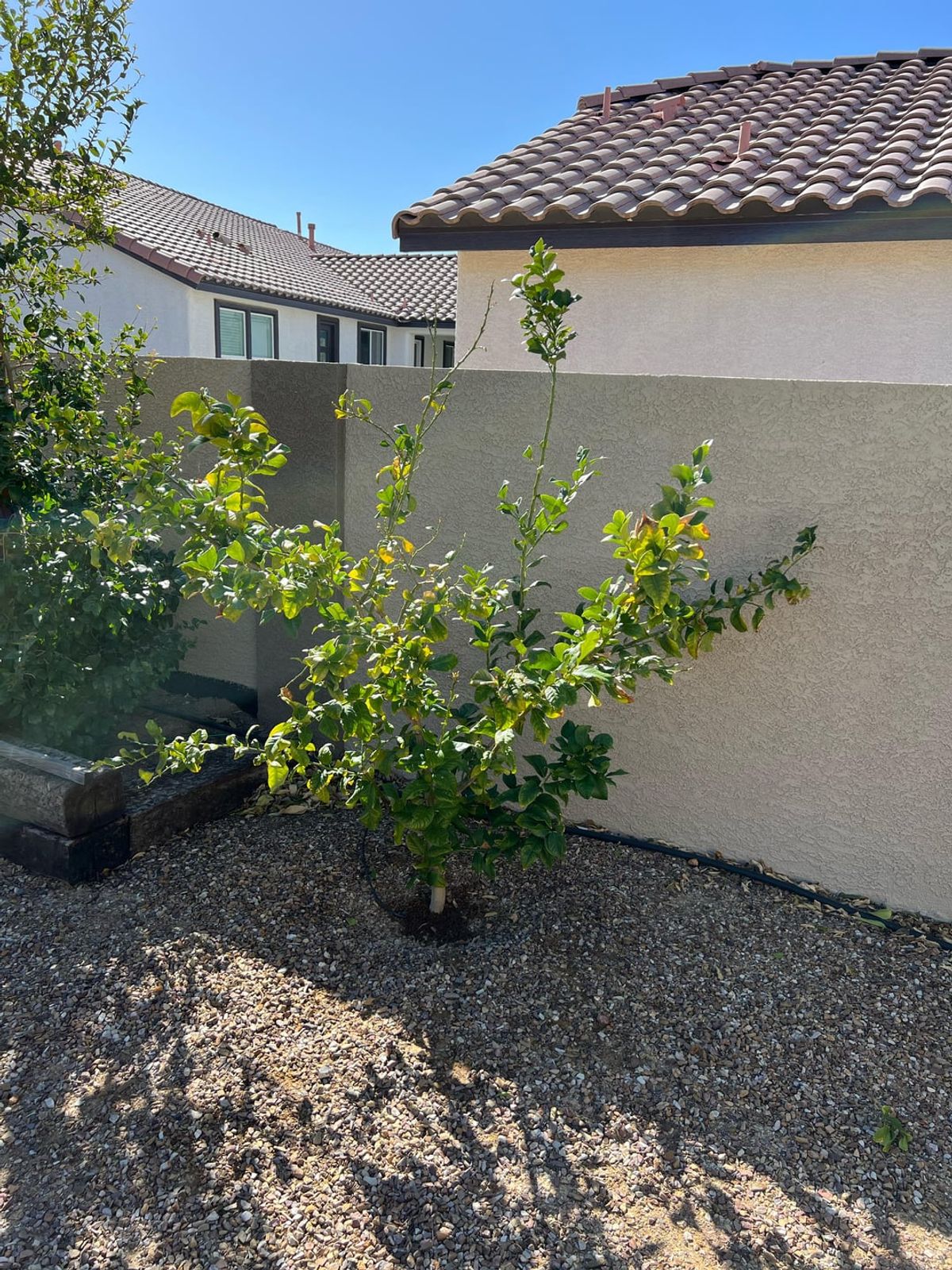
Providing attentive care to your citrus trees is crucial for a bountiful harvest. Regular monitoring and maintenance can prevent many common issues before they escalate. Here are some key aspects of attentive citrus care:
- Watering: Ensure consistent moisture levels, especially during dry spells, without overwatering.
- Pruning: Tip pruning helps to encourage branching and denser foliage, which supports more fruit production.
- Nutrition: Use a high-grade, citrus-specific fertilizer to deliver essential nutrients.
- Hygiene: Keep the area around your trees clean to reduce the risk of disease.
By practicing preventive measures and maintaining good hygiene, you can protect your citrus trees from pests and diseases. Regular attention and prompt action are vital for the health and productivity of your citrus grove.
5. Pest and Disease Resistance
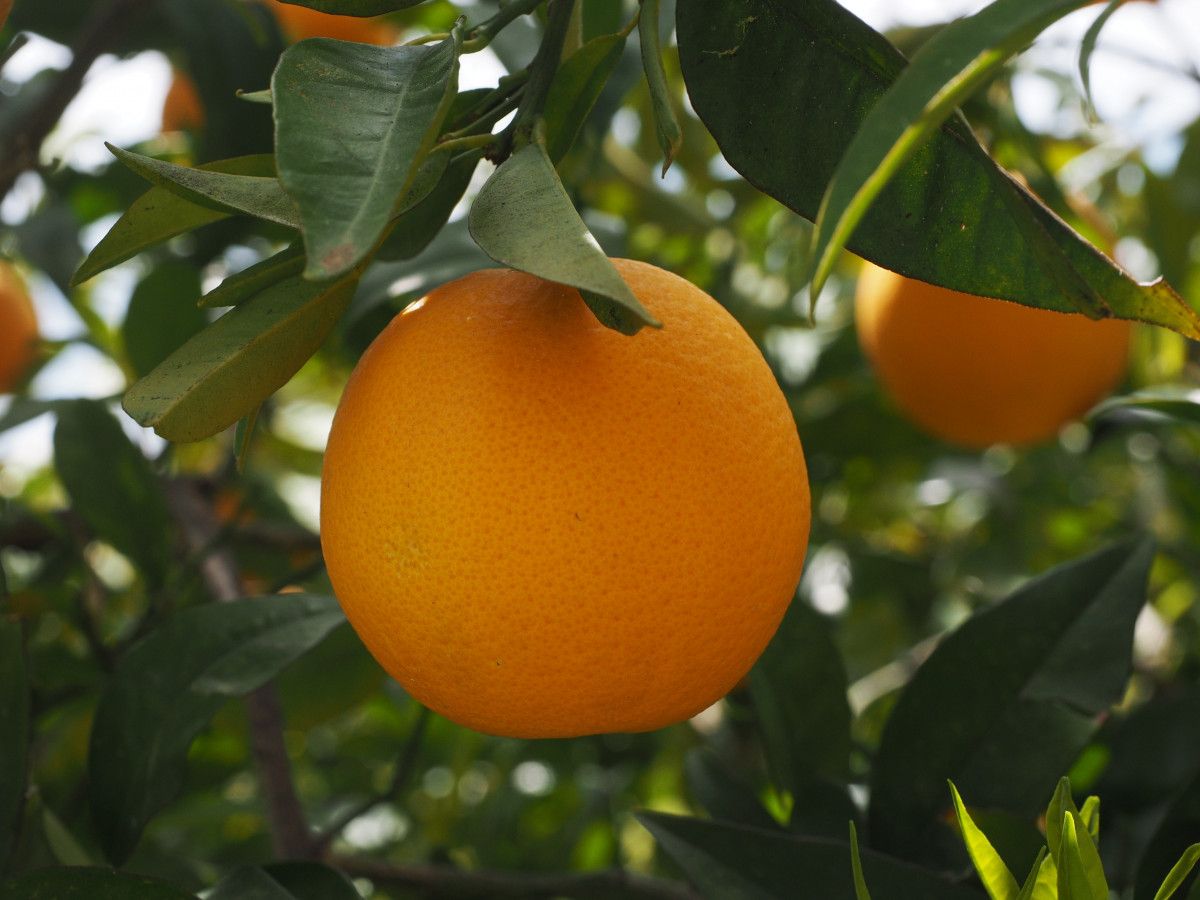
Ensuring your citrus trees are resistant to pests and diseases is a cornerstone of a bountiful harvest. Implement an Integrated Pest Management (IPM) strategy to monitor and manage pests effectively. This includes using physical barriers, promoting natural predators, and resorting to organic pesticides as a last measure.
Organic approaches to pest and disease control are not only environmentally friendly but also beneficial for the long-term health of your citrus trees. Consider using beneficial insects like ladybugs and lacewings to naturally control pests. Organic options such as neem oil and insecticidal soaps can be effective against certain pests while minimizing chemical use.
Quick action is imperative when pests or diseases are detected. Utilize natural remedies like essential oils or herbal solutions for early-stage control, and only turn to chemical treatments when necessary, always adhering to the recommended guidelines.
Stay informed about local citrus pest and disease issues by consulting with local agricultural extension services. This knowledge can be crucial in preventing outbreaks and ensuring your citrus trees remain healthy and productive.
6. Harvest Timing and Storage
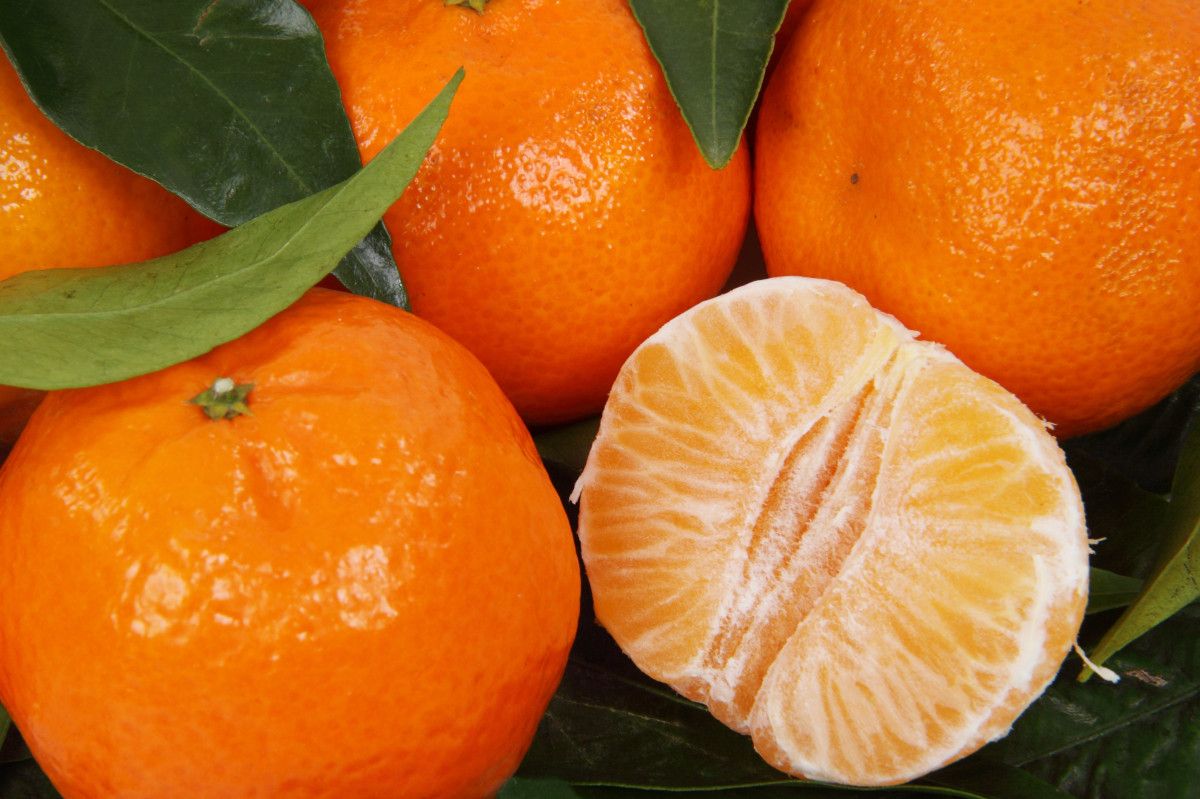
Understanding the perfect moment to harvest citrus fruits is crucial for a bountiful yield. The ripeness of the fruit is a key indicator for determining the right time to harvest. For instance, clementines should be harvested when they exhibit their characteristic vibrant color and juicy texture.
Proper storage is equally important to maintain the quality and extend the shelf life of your citrus fruits. To maximize the shelf life and quality, adhere to the recommended temperature ranges, relative humidity (RH) values, and approximate storage lives for different citrus species:
| Citrus Species | Temperature Range (
) | Relative Humidity (RH) | Storage Life |
|—————-|———————-|———————–|————–|
| Clementines | 32-50 | 85%-90% | 2-4 weeks |
| Oranges | 38-48 | 85%-90% | 3-8 weeks |
| Lemons | 45-48 | 85%-90% | 3-6 weeks |
When storing citrus fruits, always ensure they are kept away from direct sunlight and not stored near ethylene-producing fruits, as this can hasten spoilage.
Remember, timing and handling are paramount. Harvest early in the morning or late in the afternoon to avoid the heat of the day, which can stress the fruits. With these considerations in mind, you can enjoy the fresh, flavorful bounty of your citrus harvest for an extended period.
5 Tips and Techniques for Growing Eggplant: From Seed to Plate
Cultivating Zucchini: Tips for a Successful and Abundant Harvest
Step-by-Step to Growing Bell Peppers in Your Garden
Mastering the Art of Growing Carrots: Tips for a Bountiful Harvest


